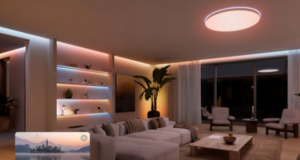
Roofs come in many different designs, shapes and styles to suit different tastes and needs. Find out more about the practical differences between roof designs.
The climate and environment where you’re building, the availability of building materials, and the building’s purpose will all affect the resulting shape of its roof. For example, in most cases, the pitch of a roof (the angle it slopes at) will be proportional to the amount of snow and/or rainfall it’s likely to see.
Some materials, like steel, can easily be used to create a curved roof, while more rigid materials like tiles will create solid lines. Grand buildings call for bigger and more awe-inspiring roof shapes, whereas more humble or understated homes are likely to favour functional roofs over decorative ones.
A well planned roof shape plays an important role in maintaining the building envelope, which in turn will contribute to a home’s liveability, energy efficiency and resale value.





